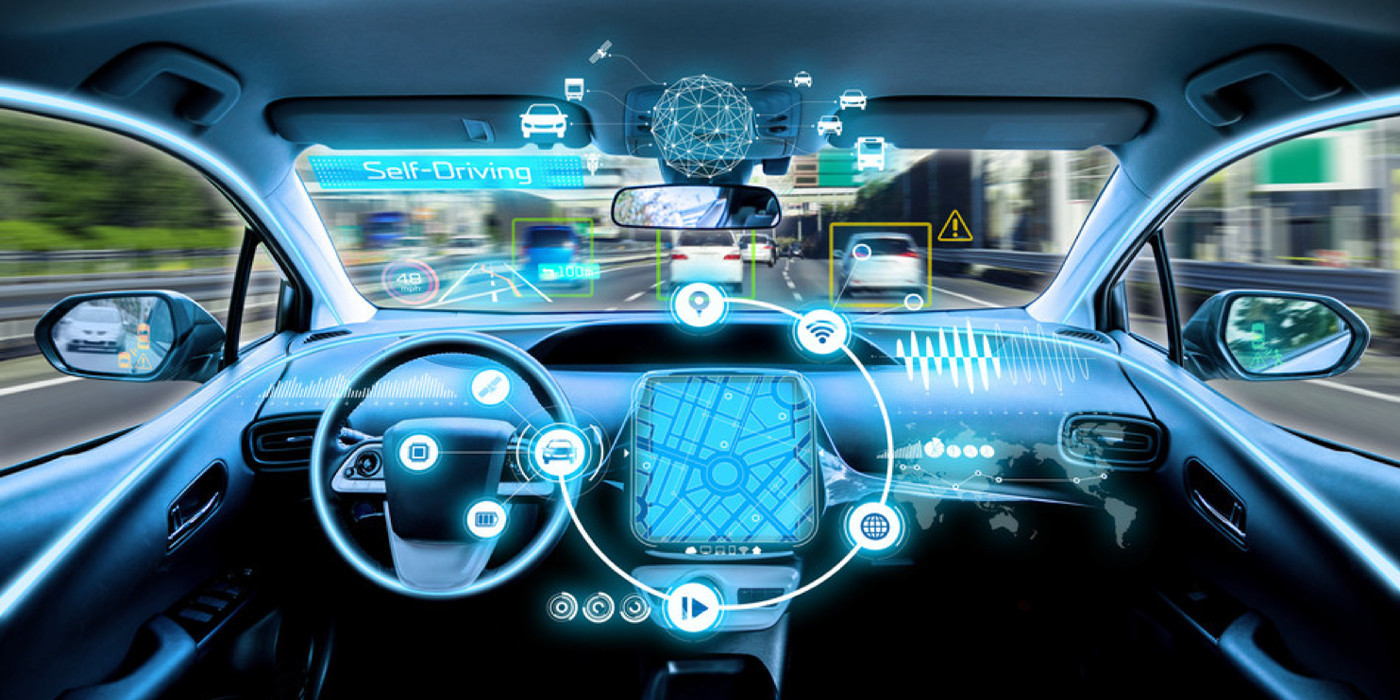

ACES: Framing the Future of Automotive Mobility
15-05-2024

<p><span style="font-family: "Segoe UI";"></span><i><span style="font-size: 12pt; line-height: 18.56px; font-family: "Segoe UI";">Over the coming decade, the automotive sector is poised for a transformative shift unparalleled in a century. This transformation will be propelled by four interrelated trends: autonomous, connected, electric, and shared (ACES) vehicles. This will usher in changes in consumer habits and mobility preferences, reconfiguring the landscape of value distribution, fostering innovative business strategies, and welcoming new players to the automotive arena. These trends are underpinned by technological progress in electronics and software, exerting significant influence on the automotive electronics and software market.</span></i></p><p><br></p><p><span style="font-weight: bolder;"><span style="font-family: "Segoe UI";">ACES vehicles are defined as:</span></span></p><p><span style="font-family: "Segoe UI"; font-size: 1rem;"> - Automated vehicles with SAE Level 4 or Level 5 capability (see Figure 1);</span></p><p><span style="font-family: "Segoe UI"; font-size: 1rem;"> - </span><span style="font-family: "Segoe UI"; font-size: 1rem;">Vehicles with connectivity capabilities for vehicle-to-everything (V2X) communication, over-the-air (OTA) updates, in-vehicle customer services, etc.,</span></p><p><span style="font-family: "Segoe UI"; font-size: 1rem;"> - </span><span style="font-family: "Segoe UI"; font-size: 1rem;">Battery electric vehicles, including hybrid vehicles; and</span></p><p><span style="font-family: "Segoe UI"; font-size: 1rem;"> - </span><span style="font-family: "Segoe UI"; font-size: 1rem;">Shared vehicles that are managed by service providers that offer short-term access to vehicles on demand—could be driven by the customer (e.g., like ZipCar today), a third party (such as current Lyft services), or by a computer.</span></p><p><span style="font-family: "Segoe UI"; font-size: 1rem;"><br></span></p><h3 class="" style="font-family: "Source Sans Pro", -apple-system, BlinkMacSystemFont, "Segoe UI", Roboto, "Helvetica Neue", Arial, sans-serif, "Apple Color Emoji", "Segoe UI Emoji", "Segoe UI Symbol"; color: rgb(33, 37, 41);"><span style="font-weight: bolder;"><span style="font-family: "Segoe UI";">Why is ACES important for the Software-Defined Vehicle Era?</span></span><span style="font-weight: bolder;"><span style="font-family: "Segoe UI", sans-serif;"><o:p></o:p></span></span></h3><p class="MsoNormal" style="margin: 12pt 0in;"><span style="font-family: "Segoe UI", sans-serif;"><span style="font-family: "Segoe UI";">As individuals reconsider their desired features in a driving encounter, the automotive sector faces a critical juncture. Historically, consumers prioritized vehicle performance, reliability, and safety. These demands were met through the optimization of mechanical components and hardware. However, contemporary consumers are beginning to view vehicles akin to smartphones: as the ultimate connected devices offering real-time interactions across various platforms, personalized functionalities, and services. This evolution in consumer preferences necessitates the automotive industry's transition into a novel realm characterized by software-defined, service-oriented digital mobility.</span><o:p></o:p></span></p><p class="MsoNormal" style="margin: 12pt 0in;"><span style="font-family: "Segoe UI", sans-serif;"><span style="font-family: "Segoe UI";">Meeting these needs means connected cars must continuously update software, engage with digital ecosystems, and provide instant access to onboard and offboard data. An enabler of these capabilities is electric/electronic (E/E) and software architecture, which is set to play a vital role in shaping the automotive and semiconductor value chain. ACES essentially pushes the boundaries of the SDV concept, requiring advanced software development and integration for a truly seamless and intelligent transportation system.</span><o:p></o:p></span></p><p><span style="font-size: 12pt; line-height: 18.56px; font-family: "Segoe UI";">The impact of ACES trends and architectural advancements is leading to a substantial expansion in the automotive electronics and software market. While the global automotive market is projected to increase from USD 2,755 billion in 2020 to USD 3,800 billion at an approximate annual growth rate of 3 percent, software and electrical/electronic systems are anticipated to grow at a rate of around 7 percent annually, reaching a total market size of approximately USD 469 billion (excluding battery cells) from about USD 238 billion. </span></p><p><span style="font-size: 12pt; line-height: 18.56px; font-family: "Segoe UI";"><br></span></p><p></p><div style="text-align: center;"><img src="https://imagemaaz2023.blob.core.windows.net/images/aces-pic1.png" style="font-size: 1rem; width: 673px; display: block; margin-right: auto; margin-left: auto;"></div><div style="text-align: center;">Figure 1</div><p></p><h3 class="" style="font-family: "Source Sans Pro", -apple-system, BlinkMacSystemFont, "Segoe UI", Roboto, "Helvetica Neue", Arial, sans-serif, "Apple Color Emoji", "Segoe UI Emoji", "Segoe UI Symbol"; color: rgb(33, 37, 41);"><span style="font-weight: bolder;"><span style="font-family: "Segoe UI";">ACES - A Driver in automotive software development</span></span><span style="font-weight: bolder;"><span style="font-family: "Segoe UI", sans-serif;"><o:p></o:p></span></span></h3><p class="MsoNormal" style="margin: 12pt 0in;"><span style="font-family: "Segoe UI", sans-serif;"><span style="font-family: "Segoe UI";">These days, software (SW) is a critical factor for strategic development in the automotive industry.</span><o:p></o:p></span></p><p class="MsoNormal" style="margin: 12pt 0in;"><span style="font-family: "Segoe UI", sans-serif;">The ongoing enhancement of vehicle capabilities, including improved connectivity, management of electric powertrains, and advanced driver assistance systems (ADAS), is made possible not only by stronger hardware but also by sophisticated SW. The synergy between advancements in SW and hardware mutually reinforces their effectiveness, allowing vehicles to advance with enhanced functionality and efficiency.<o:p></o:p></span></p><p></p><p class="MsoNormal" style="margin: 12pt 0in;"><span style="font-family: "Segoe UI", sans-serif;">The exhibit from McKinsey shows the allocation of automotive SW development efforts across various domains and technology stack elements. The projected overall market size is anticipated to reach approximately USD 84 billion by 2030, more than doubling over the decade from the estimated USD 34 billion in 2020. Despite the anticipated overall increase in SW development, it's likely that not all vehicle software functions will experience growth during this period.</span></p><p class="MsoNormal" style="margin: 12pt 0in;"><span class="MsoIntenseEmphasis"><o:p></o:p></span></p><p class="MsoNormal" style="margin: 12pt 0in;"><span style="font-family: "Segoe UI", sans-serif;"><o:p></o:p></span></p><ul></ul><p></p><p><em><span style="font-family: "Segoe UI";">Three key factors contribute to the strong overall growth of the SW market: increase in SW complexity in the domains most influenced by ACES trends, customization effort for integrating functions in a growing number of platforms, and growing labor costs for SW developers.</span></em></p><p class="MsoNormal" style="margin: 12pt 0in;"><span style="font-family: "Segoe UI", sans-serif;">In the upcoming years, SW will become one of the strategic development areas for the automotive sector. This is because the continuous expansion of vehicle functionality – becoming more connected, managing the electric powertrain, AD – is enabled by increasingly powerful SW just as much as by HW. These developments are mutually reinforcing. Take the domains of infotainment and connected services as an example: once vehicles can drive autonomously, passengers will expect the infotainment system to integrate the kind of services that are currently typical of smartphones, e.g., virtual assistants, media consumption, and productivity SW. In another area poised for growth, energy management will be a prime target for further evolution with the proliferation of EVs.</span></p><p class="MsoNormal" style="margin: 12pt 0in;"><span style="font-size: 12pt; line-height: 18.56px; font-family: "Segoe UI", sans-serif;">Progress in these fields relies on sustained attention to software development and testing, encompassing the creation of more complex functions, enhancing interaction among software modules, and rigorous testing protocols. Across different sectors, the influence of ACES trends on the software market growth varies, ranging from approximately 2 percentage points (for infotainment) to about 15 percentage points (for advanced driver assistance systems - ADAS). Diversification of target functionalities and customization of core software for various vehicles emerge as significant drivers for the anticipated expansion in the automotive software market. With the integration of intricate functions becoming standard, a growing number of vehicle platforms and variations will incorporate them, demanding increased efforts from OEMs and Tier-1 suppliers to tailor and expand software offerings. ACES trends are poised to further escalate this demand, as more interconnected vehicle platforms necessitate advanced energy management functions or ADAS features. It is projected that by 2030, nearly all vehicle platforms will integrate some form of data connectivity and incorporate ADAS features. In more traditional software domains such as powertrain, chassis, and body, customization for different vehicle variants will continue to significantly impact costs associated with base Electronic Control Unit (ECU) software.</span></p><p class="MsoNormal" style="margin: 12pt 0in;"></p><div style="text-align: center;"><img src="https://imagemaaz2023.blob.core.windows.net/images/aces-pic2.png" style="font-size: 1rem; width: 1005px; display: block; margin-right: auto; margin-left: auto;"></div><div style="text-align: center;"><span style="font-size: 1rem;">Figure 2</span></div><div><span style="font-size: 12pt; line-height: 18.56px; font-family: "Segoe UI", sans-serif;">Apart from function development and customization, validation and verification play pivotal roles in ensuring that developed functions meet specifications consistently and reliably. By 2030, validation and verification are expected to represent approximately 29 percent (USD 24 billion) of the total automotive software market, largely driven by the need to verify safety-critical software like ADAS, AD, and security, as well as the operating systems deployed in vehicles. This underscores the necessity for automotive stakeholders to enhance their capabilities in testing and validating software efficiently. Integration at the system level involves bringing together software subsystems into a larger system. </span></div><div><span style="font-size: 12pt; line-height: 18.56px; font-family: "Segoe UI", sans-serif;"><br></span><p class="MsoNormal" style="margin: 12pt 0in;"><span style="font-family: "Segoe UI", sans-serif;">While integration's share of the overall software market is anticipated to remain stable, areas like AD may see a significant increase in its share of development (up to 30 percent). Consequently, organizations should increasingly allocate resources to software domains most affected by ACES. AD software is expected to witness the highest yearly growth rate until 2030 due to increased complexity and integration efforts. By 2030, AD software (excluding ADAS) is projected to represent more than a quarter of the market value and grow at an average yearly rate of over 20 percent until 2030. This growth mirrors the escalating complexity of functionalities, increased validation and integration efforts for AD functionalities across vehicle platforms, and rising labor costs for highly specialized development resources.</span></p><p class="MsoNormal" style="margin: 12pt 0in;"><span style="font-family: "Segoe UI", sans-serif;"> <o:p></o:p></span><span style="font-family: "Segoe UI", sans-serif; font-size: 1rem;">AD is poised to be the automotive software domain where most OEMs and Tier-1 suppliers concentrate their strategic investments, with the market value expected to reach approximately USD 28 billion by 2030. The escalating functionality requirements, such as sensor fusion and environmental modeling, highlight the need for critical decision-making regarding essential functionalities. Validation, verification, and integration significantly amplify the market value, with AD development costs anticipated to nearly double due to extensive testing, simulation, and integration with different sensor configurations. This necessitates increased collaboration among market actors to ensure efficient integration and cost management. The steady rise in labor costs for specialized software developers and domain experts required for AD software development further contributes to this trend, with a projected Compound Annual Growth Rate (CAGR) of 4.5 percent. Talent sourcing remains a crucial aspect for all market players, with talent concentration likely in the short term, although the market's evolution and better understanding of technology and tools may expand the talent pool in the future.</span></p><p class="MsoNormal" style="margin: 12pt 0in;"><span style="font-family: "Segoe UI", sans-serif;"> </span></p></div><p></p><p><span style="font-family: "Segoe UI";"></span></p><p><em><span style="font-family: "Segoe UI";">Overall, the automotive sector is undergoing a profound shift towards software-defined vehicles, with ACES trends driving significant growth in the automotive electronics and software market, particularly in domains such as ADAS and AD software development. Collaboration among market actors and talent sourcing are crucial for efficiently managing costs and meeting the demands of this evolving landscape.</span></em></p>





